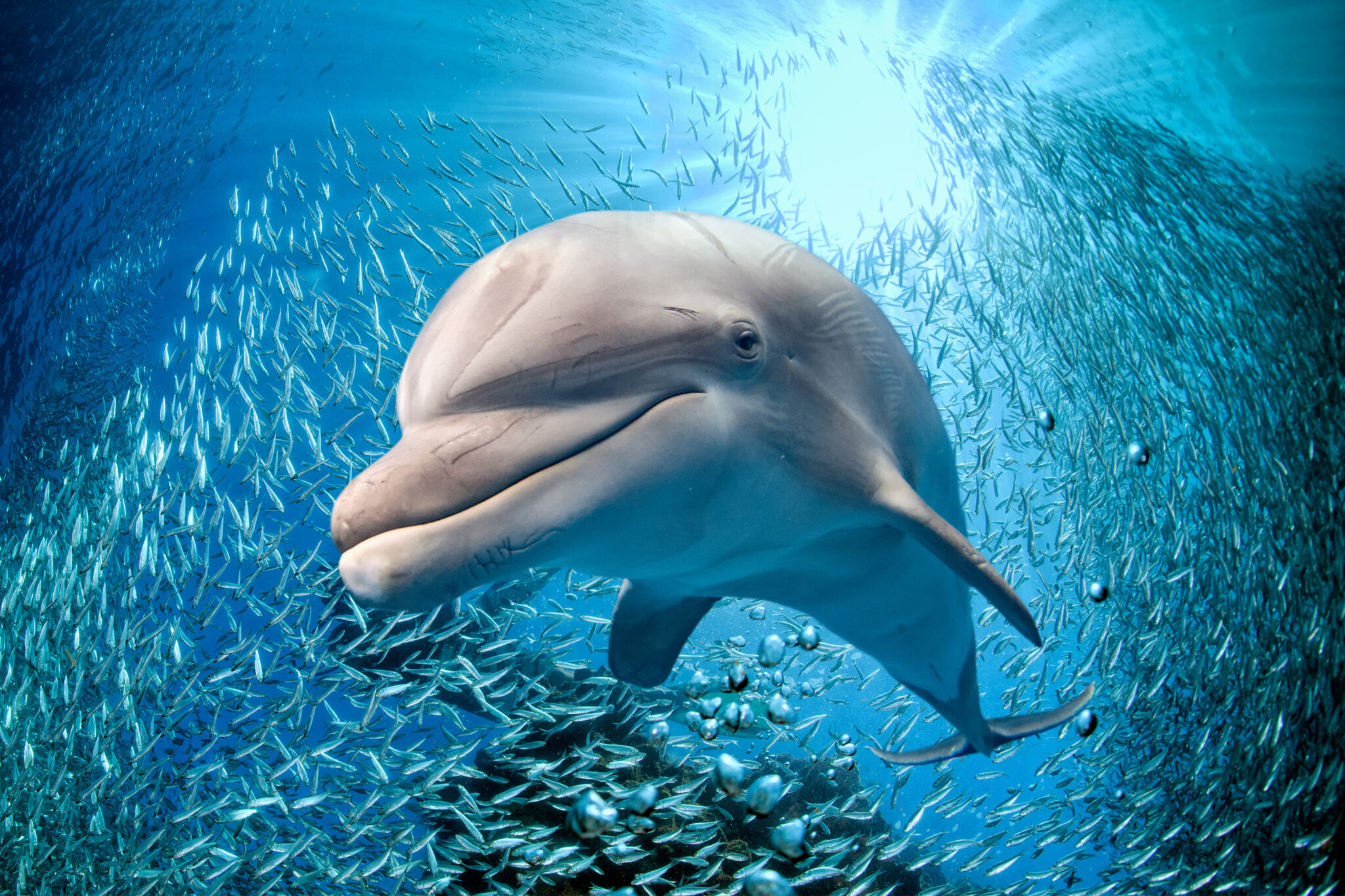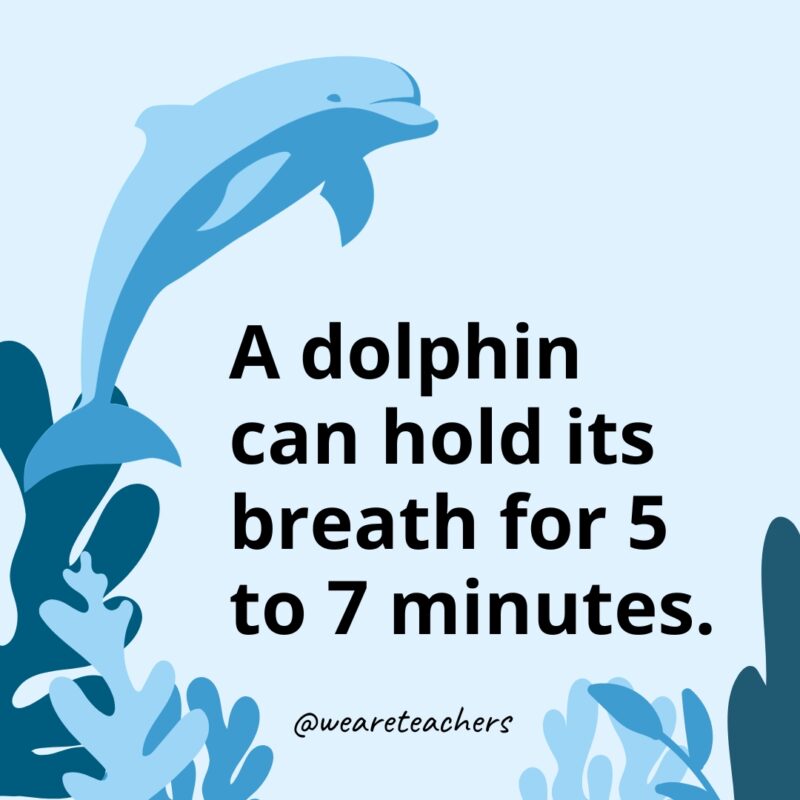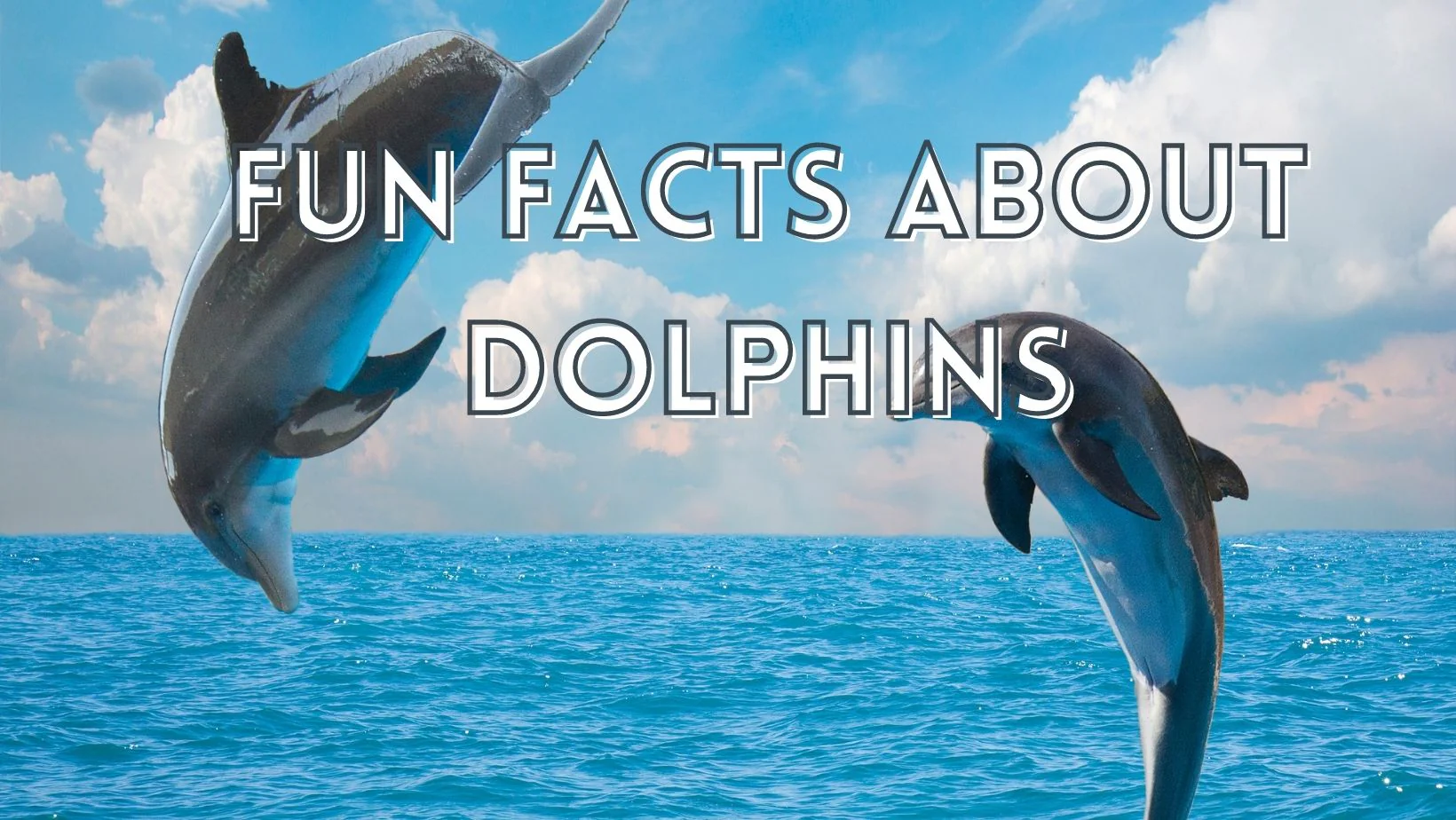Discover one of the most Amusing Dolphin Facts Regarding Their Acrobatics and Tricks
Discover one of the most Amusing Dolphin Facts Regarding Their Acrobatics and Tricks
Blog Article
Unveiling Dolphin Facts: Nature's Intelligent Marine Mammals
Dolphins, typically related to as one of the sea's most intelligent inhabitants, show an interesting selection of habits and social structures that necessitate closer examination. With over 40 unique varieties, these aquatic animals not just demonstrate amazing interaction skills and complex social communications but also possess sophisticated cognitive abilities that challenge our understanding of non-human intelligence.
Dolphin Species Diversity
Dolphins are a diverse group of marine animals belonging to the household Delphinidae, which includes over 40 distinct varieties. This family members includes popular species such as the common bottlenose dolphin (Tursiops truncatus), the orca or awesome whale (Orcinus whale), and the risso's dolphin (Grampus griseus) Each varieties displays unique physical qualities, behaviors, and adaptations that enable them to grow in various aquatic atmospheres.
Dolphin species differ substantially in dimension, ranging from the small Maui's dolphin (Cephalorhynchus hectori) at around 1.2 meters to the orca, which can reach lengths of approximately 9 meters. Their coloration also differs, with some types showing striking patterns that aid with camouflage or social signaling. Furthermore, dolphins live in diverse habitats, from seaside areas and estuaries to the open ocean, showcasing their flexibility.
Research study into dolphin varieties variety highlights the ecological relevance of these creatures, as they play crucial functions in aquatic ecological communities. Recognizing the different species is essential for preservation efforts, as many encounter risks from habitat pollution, climate, and loss adjustment, requiring targeted protection procedures to ensure their survival.
Social Frameworks and Habits
The complexity of dolphin types is mirrored in their intricate social frameworks and behaviors. Dolphins are recognized for their highly social nature, usually developing teams called pods, which can vary from a couple of people to over a hundred. These skins are commonly composed of relative, showcasing a matrilineal framework where ladies play a central function in keeping social bonds and nurturing offspring.

Additionally, some varieties of dolphins, such as orcas, demonstrate facility social actions that can consist of sub-pods or clans with unique cultural practices. These social structures are critical for the survival and health of dolphin populations, as they facilitate interaction, participation, and the transmission of expertise throughout generations. Comprehending these social characteristics is crucial for conservation initiatives and the protection of their all-natural habitats.
Interaction Techniques
Among the various techniques of communication, dolphins use an innovative range of interaction techniques that facilitate social communication and control within their husks. These strategies encompass articulations, body language, and echolocation, each offering unique functions in their social communications.
Dolphins produce a variety of clicks, whistles, and pulsed noises, which work as their primary vocal interaction. Each dolphin has an one-of-a-kind trademark whistle, akin to a name, that enables people to recognize each other even in large groups. These articulations can convey various messages, such as signaling others to risk or coordinating group movements during hunting.
In addition to vocalizations, body language plays a crucial function in dolphin interaction. Dolphin stances, such as leaping, spinning, and even refined changes in positioning, convey emotional states and intents. For instance, hostile display screens might discourage opponents, while playful behaviors can improve social bonds.
Echolocation, a biological finder system, more help in navigating and hunting. By emitting audio waves and analyzing the returning echoes, dolphins can locate target and challenges effectively, demonstrating their exceptional adaptability in complex marine environments. Collectively, these communication techniques emphasize the intricate social lives of dolphins, highlighting their intelligence in browsing their undersea globe.

Intelligence and Issue Solving
Acknowledged for their sophisticated communication abilities, dolphins additionally display exceptional intelligence and analytic capacities that further boost their social interactions. Their cognitive web abilities are evidenced by their capacity to learn complex tasks, recognize abstract ideas, and adjust to numerous environmental difficulties. Study has actually revealed that dolphins can address elaborate puzzles, demonstrating not just their cognitive adaptability but also their capability for planning and insight.
Dolphins often involve in cooperative hunting methods, showcasing their ability to work as a cohesive unit. This team effort requires sophisticated analytical skills, as they must analyze their my blog atmosphere, determine possible prey, and collaborate their actions to attain an usual goal. Furthermore, dolphins have actually been observed utilizing tools, such as aquatic sponges, to shield their noes while foraging on the sea floor, more exhibiting their ingenious analytical capabilities.

Human-Dolphin Communications
Human-dolphin interactions have actually mesmerized enthusiasts and scientists alike, highlighting the complex partnership in between these smart aquatic creatures and people. From old times, dolphins have been illustrated in art and folklore, signifying consistency and intelligence (Dolphin Facts). Modern interactions vary from scientific study and conservation efforts to entertainment activities like dolphin swimming and watching with dolphins
Research study has actually demonstrated that dolphins possess advanced social frameworks and interaction abilities, which promote their communications with humans. These experiences commonly cultivate emotional links, with many people reporting sensations of joy and empathy during such experiences. However, it is important to approach these interactions with care, as human activities can disrupt dolphin habits and environments.
Preservation efforts increasingly concentrate on promoting responsible communications, making certain that human enthusiasm does not jeopardize dolphin well-being. Education and learning programs intend to raise understanding regarding the ecological relevance of dolphins, emphasizing the need for lasting practices. By understanding the complex dynamics of human-dolphin interactions, we can cultivate a considerate coexistence that benefits both varieties and preserves aquatic ecological communities for future generations. try here Eventually, these interactions serve as a suggestion of the profound connections that can exist between humans and the environment.
Conclusion
In summary, dolphins exhibit amazing intelligence and flexibility within varied marine settings. Continued study and awareness are important for promoting a deeper understanding of dolphins and promoting their well-being in an increasingly threatened ecological community.
Dolphin varieties differ dramatically in size, varying from the small Maui's dolphin (Cephalorhynchus hectori) at roughly 1.2 meters to the orca, which can reach lengths of up to 9 meters. Dolphins display a range of social communications, including grooming and physical call, which offer to enhance partnerships and establish hierarchies.
Recognized for their sophisticated interaction skills, dolphins likewise show impressive knowledge and problem-solving capabilities that even more improve their social interactions. Modern interactions range from clinical research and preservation initiatives to recreational activities like dolphin viewing and swimming with dolphins.
Study has shown that dolphins have progressed social structures and interaction abilities, which facilitate their interactions with human beings.
Report this page